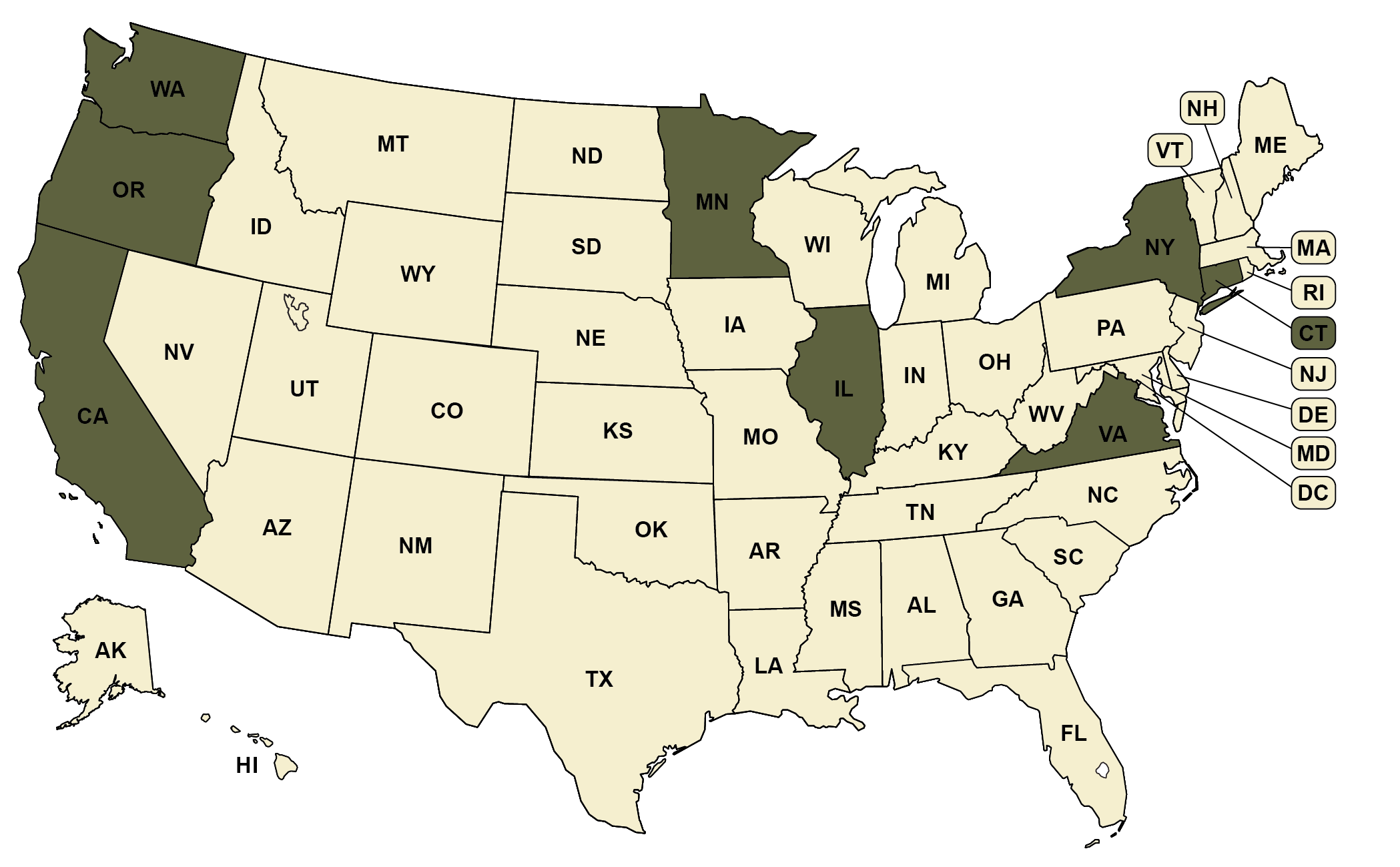The federal Voting Rights Act (VRA), passed in 1965 thanks to the efforts of the civil rights movement, is one of the most important pieces of legislation ever enacted in our country. However, due to U.S. Supreme Court decisions over the past decade, some of the most important protections of the federal VRA have been stripped away.
In response to this shifting landscape, some states have taken renewed interest in putting their own voting rights protections in place. These state voting rights acts differ in scope but are generally modeled after the federal VRA. State voting rights acts provide new legal tools to fight voter suppression in court and create protections against voter intimidation and racial discrimination, among many other critical safeguards.
-
State has enacted a state voting rights act
(9 states)
-
State has no applicable law
(41 states + D.C.)
Recommended citation: Movement Advancement Project. "State Level Voting Rights Acts." https://www.mapresearch.org/democracy-maps/state_level_voting_rights_acts. Accessed [day of access]
Breakdown by Population
*Note: These percentages reflect the voting-eligible population, as reported by the United States Election Project.
31 % of voting-eligible population lives in states that have enacted a state voting rights act
69 % of voting-eligible population lives in states that have no applicable law


